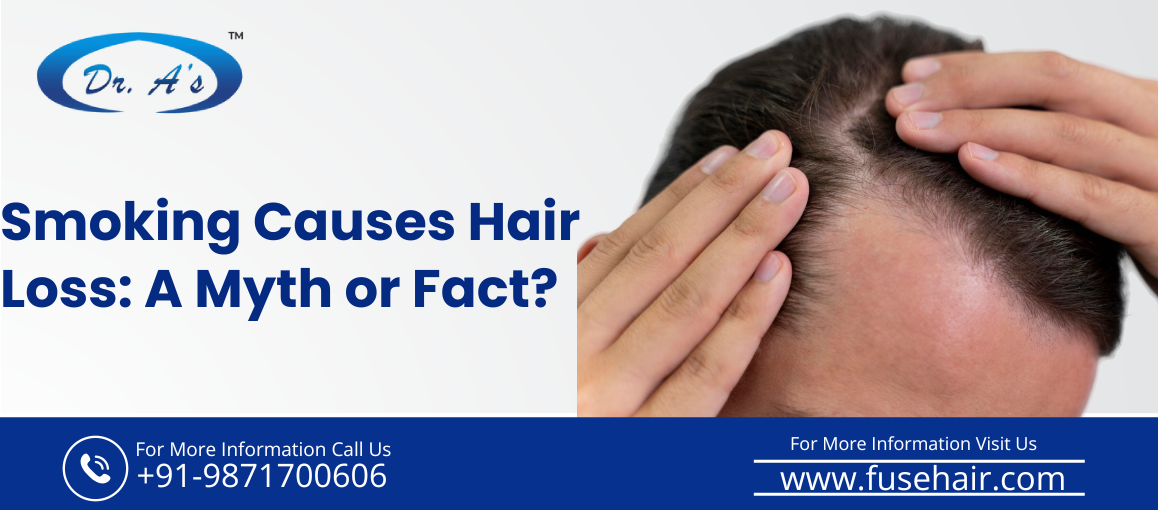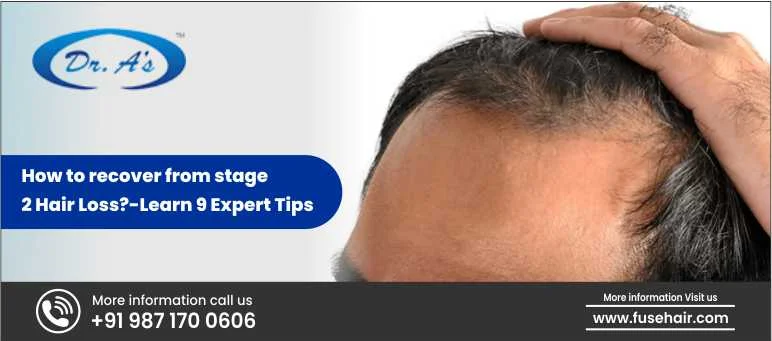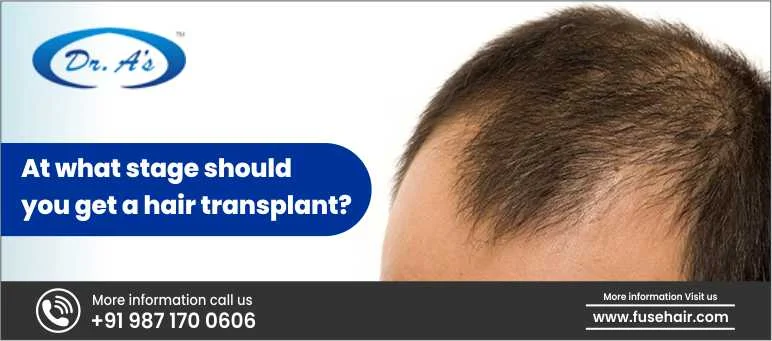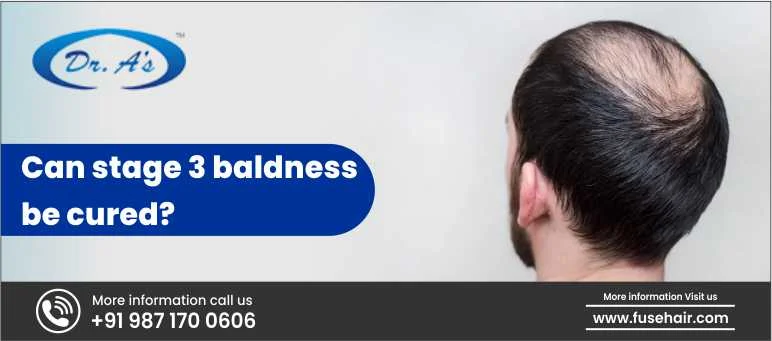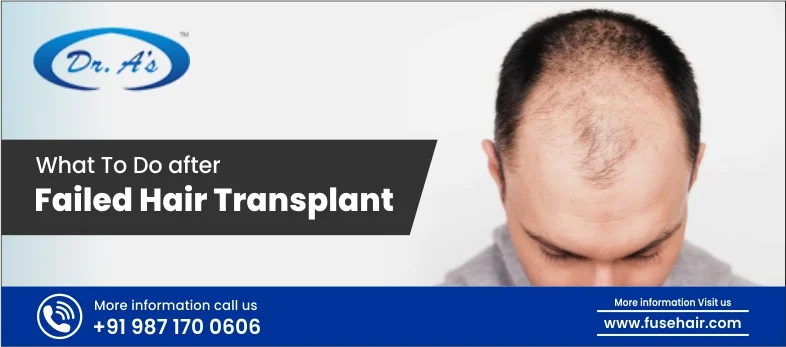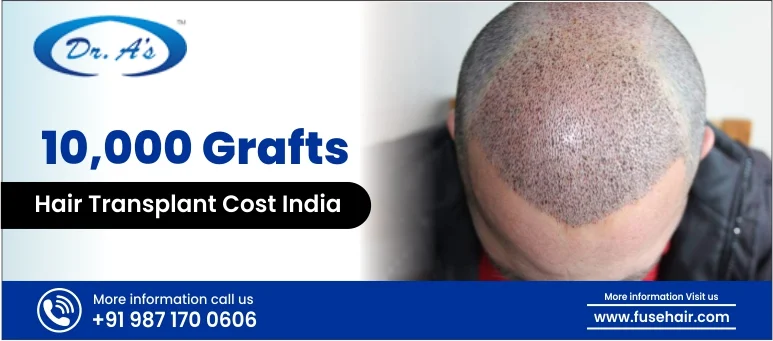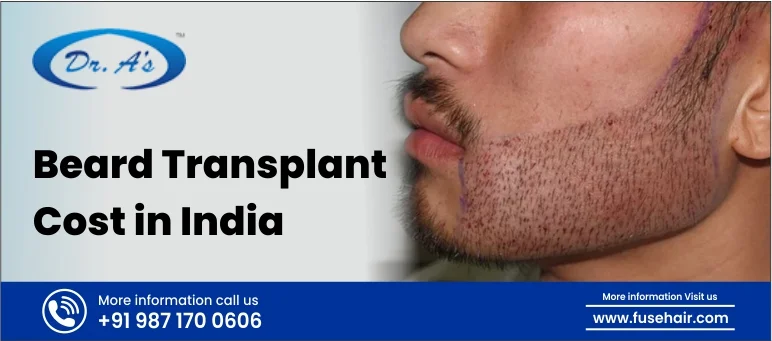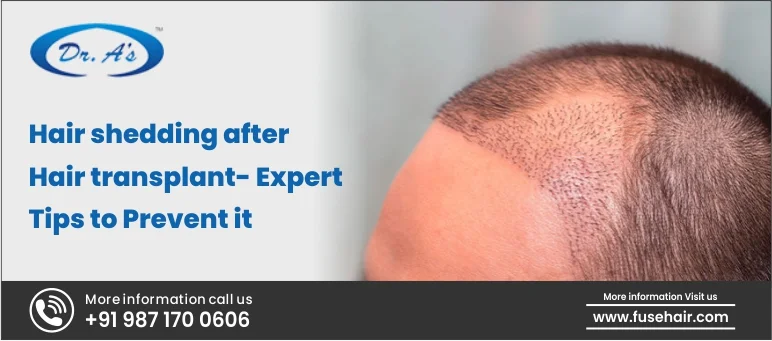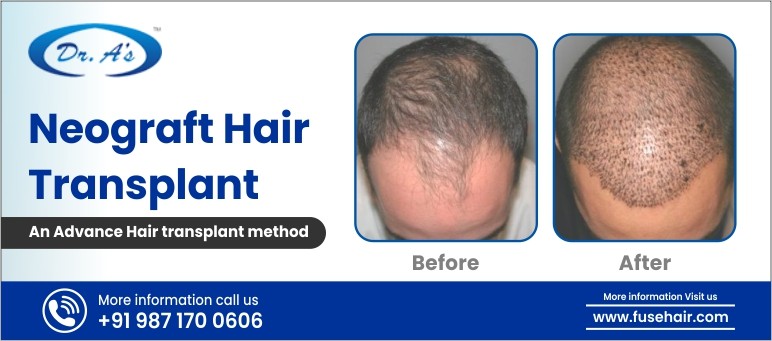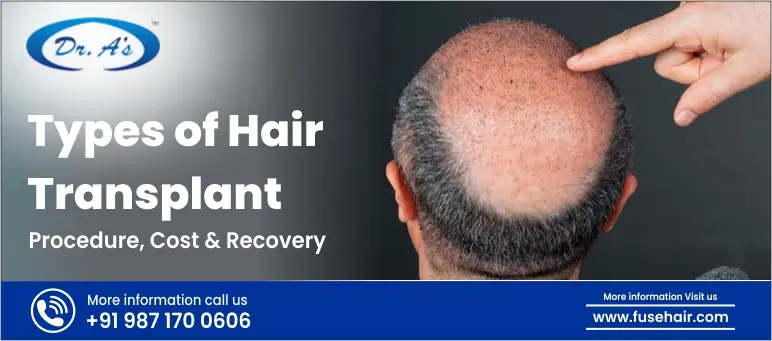
Have you ever wondered why your hair falls out even when you’re healthy? You might be unaware, but it can be because of your hair’s natural growth cycle. Your hair cycles through different phases of growth, and each can impact whether or how much your strands are prone to damage.
Certain phases are more susceptible to loss than others. And that’s where we come in. What we do at Dr. A’s Clinic is assist you in understanding the precise condition of your hair so that you can address the problems and take better care of your scalp. With the right knowledge of these stages and guidance, you can stop the worry and start growing healthy hair again.
Four Phases of Hair Growth Explained
Before you can figure out when or why you’re losing your hair, you need to know how it grows. Your hair doesn’t grow all at once. Human hair goes through a natural life cycle. Each strand is at its own stage, and that’s just fine.
Here’s how the process works:
-
Anagen Phase (Growth Phase)
Your hair is actively growing at this stage. 85-90% of the hairs on your head are in this phase at any moment. And depending on your genetics, it can last from 2 to 7 years. The longer your hair remains in this phase, the longer it can grow.
-
Catagen Phase (Transition Phase)
This is a short aversiveness-of-transition phase that lasts only for about 2–3 weeks. In this phase, hair growth stops, and the hair follicle starts to shrink. Only about 5% or less of your hair comes into this phase at one time.
-
Telogen Phase (Resting Phase)
During this phase, the hair isn’t growing but is also not free; it does not fall off. Instead, it remains stuck in the follicle. This stage typically lasts for about 3 months. Around 10-15% of your scalp hair remains in this phase at a time. Hairs may begin to fall out at the end of this phase.
-
Exogen Phase (Shedding Phase)
This is when your hair starts to fall out. It’s part of the natural hair cycle. You may shed around 50–100 strands a day at this stage, and that’s fine. New growth begins when the old hair falls out in the anagen phase.
Telogen Phase: The Most Common Phase for Hair Loss
Hair loss can feel sudden. But in most cases, it starts off quietly, in the telogen phase. This is when your hair will be shed, and often copiously. However, with proper knowledge about this stage, you can take control of your hair loss even before it occurs.
-
What Happens During the Telogen Phase?
In the telogen phase, your hair is, technically, resting. It’s not growing, but it hasn’t fallen out yet. And the hair is still attached to the hair follicle. This period typically continues for approximately 3 months.
The new strand growing beneath the old hair is eventually going to push it out. This is when shedding happens. You may feel and occasionally see it while brushing or washing your hair and this is a common thing.
-
How Much Hair Loss is Normal?
Losing about 50 to 100 strands a day is normal. This is a stage of the exogen phase, and it coincides with the late stage of telogen. But, when a higher percentage of your hair moves at once from the growing phase (anagen) into the resting phase (telogen), that’s when you run into trouble.
A history of sudden, significant hair loss is usually an indicator of a condition known as telogen effluvium. It doesn’t put you in danger of going bald, but your hair may appear thin, flat, or lifeless.
-
What Triggers Telogen Hair Loss?
Numerous factors can advance more of your hair into the telogen stage. The usual culprits are:
- Stress: Physical or emotional tension can upset the growth cycle.
- Illness: High fever, infection, or surgery usually induce temporary shedding.
- Hormonal changes: Childbirth, menopause, or discontinuing birth control pills can all induce telogen effluvium.
- Diet: A sudden loss of protein or iron can affect hair growth.
- Medications: Certain antidepressants, beta-blockers, and blood thinners are known to induce it.
Typically, the hair loss begins 2-3 months after the event. Without expert assistance, this delay makes it difficult to determine the exact cause.
-
Can Hair Recover From Telogen Phase Loss?
Yes, in most cases, it can. Telogen effluvium is frequently self-limiting. When the cause of the condition is not active or treated effectively, hair will eventually return to the growth (anagen) phase. But it can take 6 to 9 months to recover, and even longer in some cases.
If your hair loss persists beyond 6 months, that could be a clue that you have chronic telogen effluvium or some other disorder, such as androgenetic alopecia. That’s the moment to turn to professional help.
-
What Should You Do If You Suspect Telogen Hair Loss?
If you’ve noticed more hair falling out on your pillow, in the shower, or on your brush, don’t ignore it. You can try keeping a journal of what you are eating, whether you have changed your diet, if you’ve been under more stress, or if there were other changes in your health to keep track of the cause. That said, it is not good to guess. You deserve professional help, and that’s what we’re here for at Dr. A’s Clinic.
Our founder, Dr. Arvind Poswal, helps you identify what phase your hair is in and why it is falling out using effective diagnostic tools. With this, you will receive a custom plan to rebuild your hair’s strength, volume, and growth.
Other Phases and Their Role in Hair Loss
Apart from telogen, the other hair phases can also cause hair loss. Although the occurrence may or may not be as severe as telogen, it is good if you keep an idea regarding the probability of hair loss at the other stages as well.
-
Anagen Phase: Unexpected But Serious Hair Loss
You may be under the impression that hair falls out when it’s in the resting stages of the hair growth cycle, but it’s possible to shed hair during the growth phase as well. This is known as anagen effluvium. It is commonly caused by things such as chemotherapy, radiation, or severe toxins. Hair falls out suddenly, with absolutely no warning, and in large clumps. And because the follicles have been wounded, the strands never even completely grow. You might see bald spots fast.
Typically, if you’re dealing with this kind of hair loss, it’s connected to a medical condition or treatment. However, the good news is that there is hope your hair will grow back after treatment ends.
-
Catagen Phase: A Short But Important Transition
The catagen phase is short, lasting only 2 to 3 weeks, but it’s still a part of the process. Hair ceases growing and loses its blood supply. Usually, only 3–5% of your hair is in this phase at any one time.
Hair loss in this location is rare, yet it does occur. If your body is under severe physical stress, then a little more of your hair may move into this stage. But mostly, hair loss doesn’t happen during catagen.
-
Exogen Phase: The Final Letting Go
The exogen is concurrent with the later part of the telogen. That’s when you really see hair loss happen. You shed up to 50 to 100 strands a day, and it’s normal. But if you’re regularly shedding more than that, your growth cycle might be out of whack.
Keeping an eye on how much hair you’re shedding can provide valuable insights. If something doesn’t feel right, your body could be trying to tell you about a more serious issue. This is when you can consult Dr. Arvind Poswal and seek his hair treatment so that you can stop your hair-shedding issue and grow your hair like before.
Identifying Abnormal Hair Loss Patterns
A few lost strands here and there are easy to brush off. But how do you tell when it’s more than just shedding? You need to look at the patterns. If you are losing hair consistently but evenly across your scalp, you may be experiencing temporary shedding caused by stress or illness. But if your temple part is getting wider, or you’re seeing more scalp in certain areas, it could indicate a deeper condition.
Pay attention to the behavior of your hair as time passes. Have you experienced a dramatic loss after an illness or hormonal change? Has your ponytail been shrinking? Is hair coming out in clumps on the pillow or in the drain on a daily basis? Such changes usually indicate that there is a disturbance in the natural growth cycle of your hair.
You may also want to take into account the texture and feel of your hair. Is it going finer or losing strength? Well, that can also be an early warning sign. Wait for it not to be so antipodal. Early intervention can help you keep more of your hair and avoid lasting damage.
At Dr. A’s Clinic, we help simplify these patterns for you. With advanced diagnostics and personalized treatments from Dr. Arvind Poswal, you get results fast and a roadmap to better, thicker hair.
Managing and Treating Phase-Specific Hair Loss
Once you know which phase of hair loss is behind your thinning, it becomes easier to treat. If you have telogen effluvium, concentrate on how to lower your stress, get better sleep, and ensure your diet is full of iron, protein, and vitamins. Your hair needs proper fuel to grow again.
In the case of anagen effluvium, the first step is usually to eliminate the cause, which is most commonly a medication or toxin. Once that’s achieved, your body and hair can recover.
In cases of chronic shedding and thinning, how you treat it is more important. Skip hot water, detergents, and tight hairstyles. Be gentle! Choose mild and nourishing hair care items and delicate scalp care products.
You should also monitor the progress of your hair. Take photos every month. It will help you notice whether things are improving and enable you to understand if the practices you’re following are working or if you need help from a professional.
Conclusion
Knowing the stages of hair growth can help you take control before hair loss becomes a problem. Once you know what is normal and what is going in the wrong direction, you are one step closer to healthier, more confident hair.
Can’t decide what phase is responsible for your consistent hair fall? Let Dr. A’s Clinic assist you with a professional diagnosis and reliable treatment so that you can know the stages in which you are losing hair the most and effectively take action based on that.




